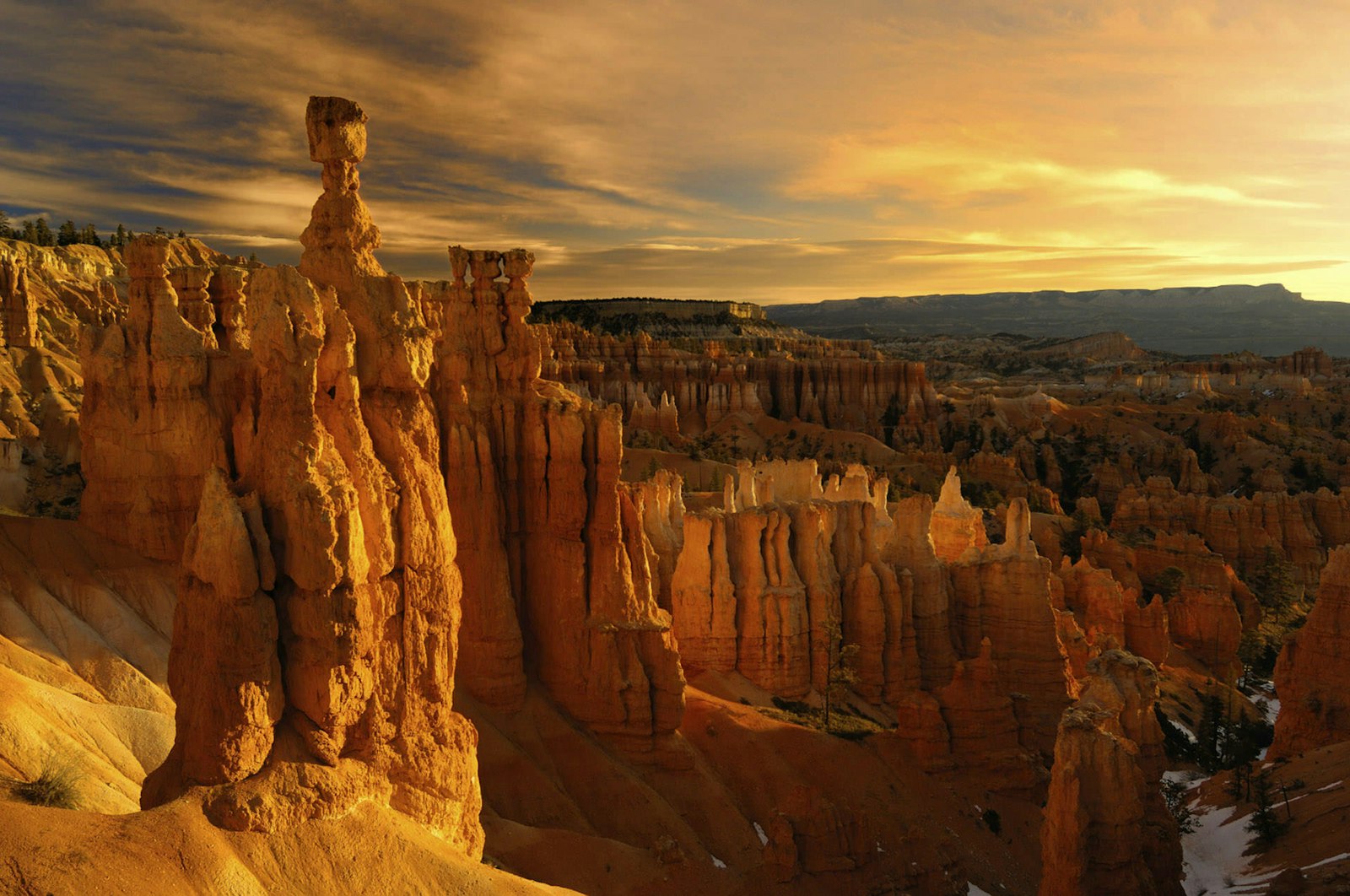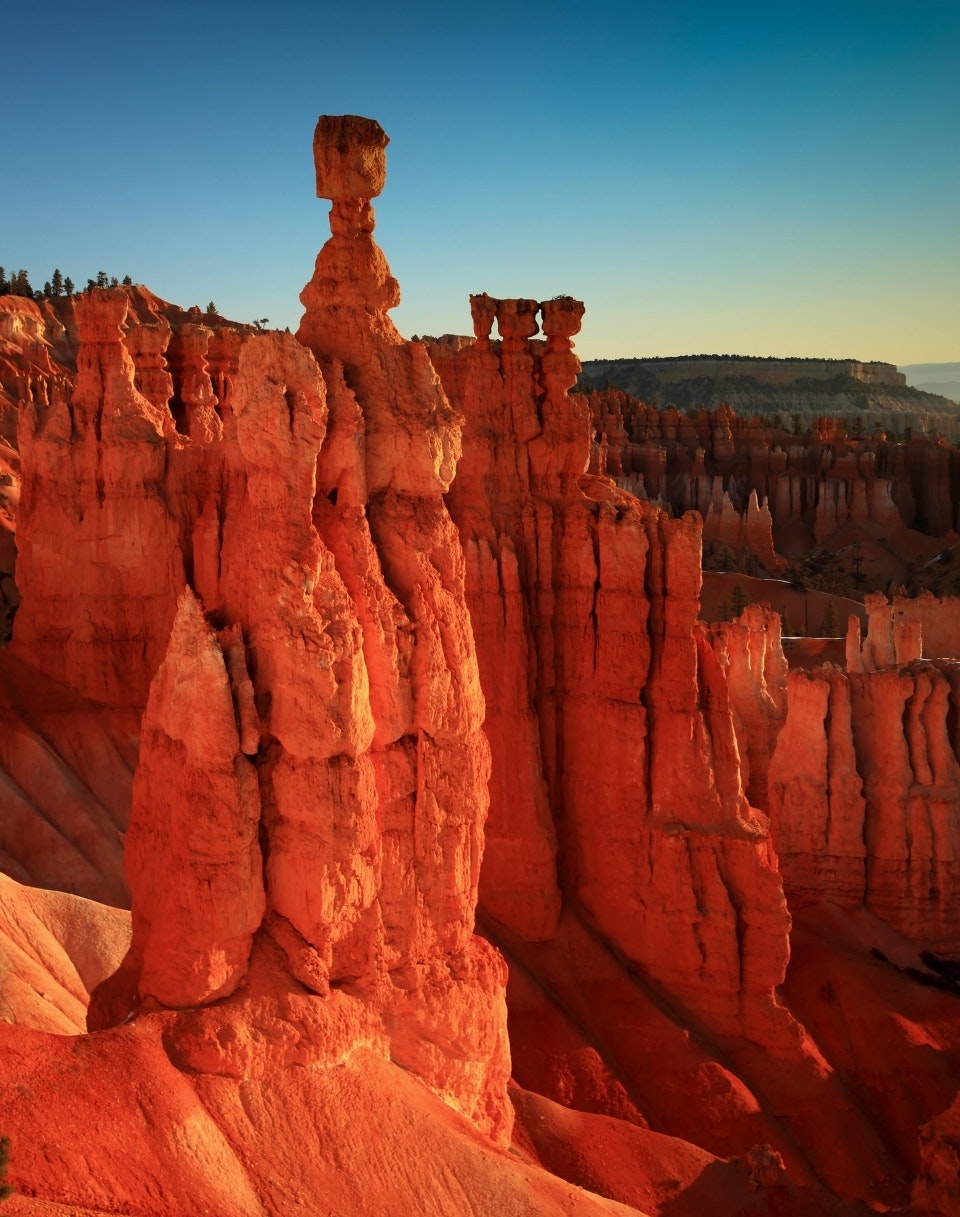Update
$4.4 Million to Fund 99 Open OutDoors for Kids Projects for 2023 – 2024 School Year, Hitting Program Milestone

Bryce Canyon National Park

The beauty and charm of the wilderness are his for the asking, for the edges of the wilderness lie close beside the beaten roads of the present travel.
Pillars of Stone
Pillars of red, white, and orange cut through bluest skies. Erosion and rain constantly evolve nature’s
amphitheater at Bryce. Wind your way through the canyons, peaceful, stunning, and immense.
Bryce Canyon National Park in Southwestern Utah is famous for the largest collection of hoodoos—the
distinctive rock formations at Bryce—in the world.
Bryce Canyon is also home to horseshoe-shaped amphitheaters carved from the eastern edge of the Paunsaugunt Plateau, scenic vistas, and the dark night sky. Visitors can expect spectacular hiking, camping, endless outdoor ranger activities, and even a Prairie Dog Festival.
Because the park covers a vertical distance of over 2,000 feet, it exists in three distinct climatic zones: spruce or fir forest, Ponderosa Pine forest, and Pinyon Pine or juniper forest.
Bryce Canyon first became a tourist destination in 1916 with Union Pacific. It was then declared a National Moument in 1923, and officially established as a National Park in 1928.